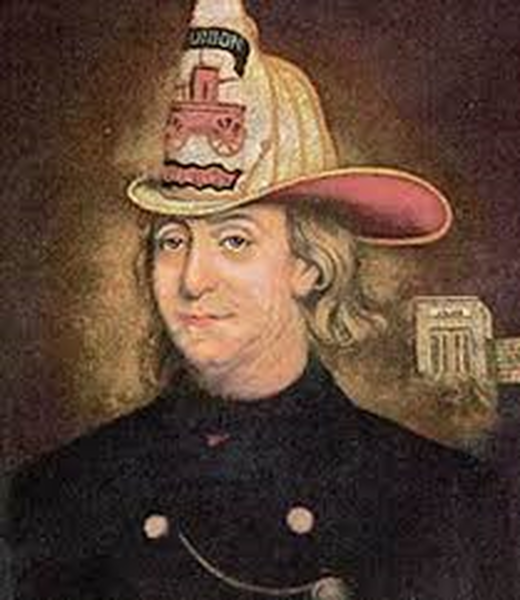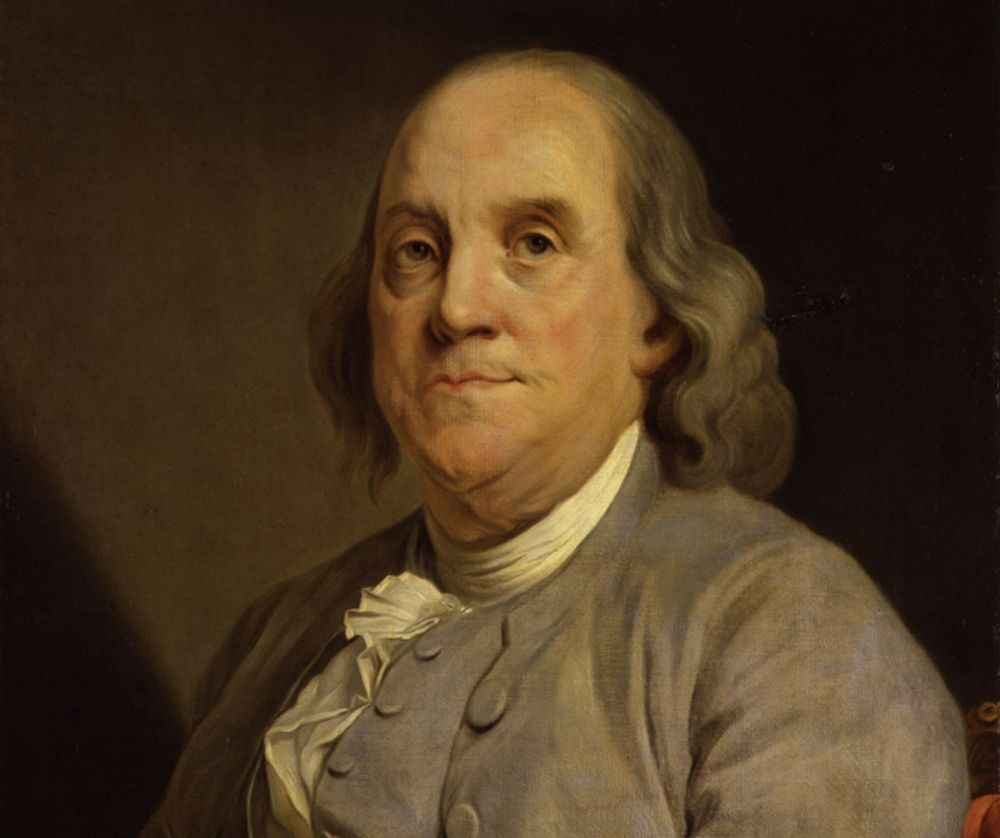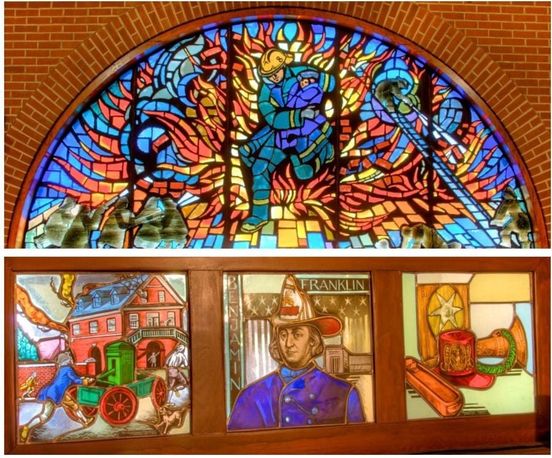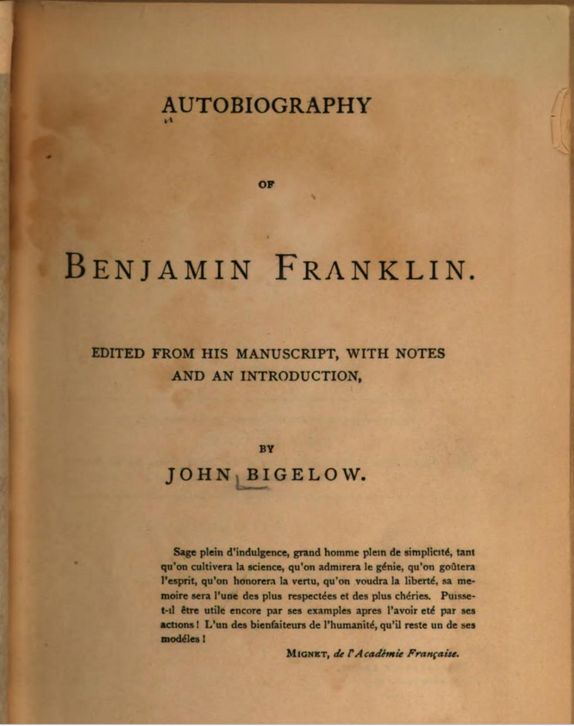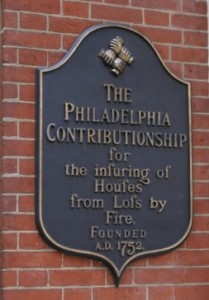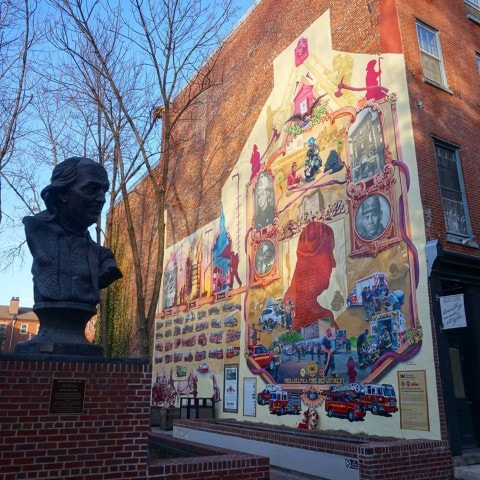- Home
- Magazines
-
Newsletters
- 19 July 2024
- 12 July 2024
- 5 July 2024
- 28 June 2024
- 14 June 2024
- 7 June 2024
- 31 May 2024
- 24 May 2024
- 17 May 2024
- 10 May 2024
- 3 May 2024
- 26 April 2024
- 19 April 2024
- 12 April 2024
- 22 March 2024
- 15 March 2024
- 8 March 2024
- 1 March 2024
- 23 February 2024
- 16 February 2024
- 9 February 2024
- 26 January 2024
- 19 January 2024
- 12 January 2024
- 22 December 2023
- 1 December 2023
- 24 November 2023
- 10 November 2023
- 3 November 2023
- 27 October 2023
- 20 October 2023
- 13 October 2023
- 6 October 2023
- 29 September 2023
- 22 September 2023
- 15 September 2023
- 8 September 2023
- 25 August 2023
- 18 August 2023
- 11 August 2023
- 4 August 2023
- 28 July 2023
- 21 July 2023
- 14 July 2023
- 7 July 2023
- 30 June 2023
- 23 June 2023
- 15 June 2023
- 2 June 2023
- 26 May 2023
- 19 May 2023
- 12 May 2023
- 5 May 2023
- 28 April 2023
- 21 April 2023
- 14 April 2023
- 6 April 2023
- 31 March 2023
- 24 March 2023
- 17 March 2023
- 10 March 2023
- 3 March 2023
- 24 February 2023
- 17 February 2023
- 10 February 2023
- 3 February 2023
- 27 January 2023
- 13 January 2023
- 22 December 2022
- 15 December 2022
- 9 December 2022
- 2 December 2022
- 25 November 2022
- 18 November 2022
- 11 November 2022
- 4 November 2022
- Advertising
- Subscribe
- Articles
-
Galleries
- AOSH Firexpo 2024
- Midvaal Fit to Fight Fire 2024
- WoF KNP 2023 Gallery
- TFA 2023 Gallery
- DMISA Conference 2023
- ETS 2023 Gallery
- Drager Fire Combat and Rescue Challenge 2023
- AOSH Firexpo 2023
- Midvaal Fit to Fight Fire
- WC IFFD 2023
- NMU 13th Fire Management Symposium 2022
- JOIFF Africa Conference 2022
- ETS 2022 Gallery
- TFA 2022 Gallery
- IFFD 2018
- SAESI
- TFA
- WRC 2018
- WRC 2019
- A-OSH/Securex
- IFE AGM 2019
- ETS Ind Fire Comp Nov 2019
- ETS Challenge 2021
- Drager launch
- Drager Fire Combat and Rescue Challenge 2022
- TFA
- Contact
- Home
- Magazines
-
Newsletters
- 19 July 2024
- 12 July 2024
- 5 July 2024
- 28 June 2024
- 14 June 2024
- 7 June 2024
- 31 May 2024
- 24 May 2024
- 17 May 2024
- 10 May 2024
- 3 May 2024
- 26 April 2024
- 19 April 2024
- 12 April 2024
- 22 March 2024
- 15 March 2024
- 8 March 2024
- 1 March 2024
- 23 February 2024
- 16 February 2024
- 9 February 2024
- 26 January 2024
- 19 January 2024
- 12 January 2024
- 22 December 2023
- 1 December 2023
- 24 November 2023
- 10 November 2023
- 3 November 2023
- 27 October 2023
- 20 October 2023
- 13 October 2023
- 6 October 2023
- 29 September 2023
- 22 September 2023
- 15 September 2023
- 8 September 2023
- 25 August 2023
- 18 August 2023
- 11 August 2023
- 4 August 2023
- 28 July 2023
- 21 July 2023
- 14 July 2023
- 7 July 2023
- 30 June 2023
- 23 June 2023
- 15 June 2023
- 2 June 2023
- 26 May 2023
- 19 May 2023
- 12 May 2023
- 5 May 2023
- 28 April 2023
- 21 April 2023
- 14 April 2023
- 6 April 2023
- 31 March 2023
- 24 March 2023
- 17 March 2023
- 10 March 2023
- 3 March 2023
- 24 February 2023
- 17 February 2023
- 10 February 2023
- 3 February 2023
- 27 January 2023
- 13 January 2023
- 22 December 2022
- 15 December 2022
- 9 December 2022
- 2 December 2022
- 25 November 2022
- 18 November 2022
- 11 November 2022
- 4 November 2022
- Advertising
- Subscribe
- Articles
-
Galleries
- AOSH Firexpo 2024
- Midvaal Fit to Fight Fire 2024
- WoF KNP 2023 Gallery
- TFA 2023 Gallery
- DMISA Conference 2023
- ETS 2023 Gallery
- Drager Fire Combat and Rescue Challenge 2023
- AOSH Firexpo 2023
- Midvaal Fit to Fight Fire
- WC IFFD 2023
- NMU 13th Fire Management Symposium 2022
- JOIFF Africa Conference 2022
- ETS 2022 Gallery
- TFA 2022 Gallery
- IFFD 2018
- SAESI
- TFA
- WRC 2018
- WRC 2019
- A-OSH/Securex
- IFE AGM 2019
- ETS Ind Fire Comp Nov 2019
- ETS Challenge 2021
- Drager launch
- Drager Fire Combat and Rescue Challenge 2022
- TFA
- Contact
|
27 January 2023
|
Vintage: Benjamin Franklin’s Union Fire Company: The first fire brigade in the US
Benjamin Franklin FRS FRSA FRSE (17 January 1706 [OS 6 January 1705] – 17 April 1790) was an American polymath who was active as a writer, scientist, inventor, statesman, diplomat, printer, publisher and political philosopher. Among the leading intellectuals of his time, Franklin was one of the Founding Fathers of the United States, a drafter and signer of the United States Declaration of Independence and the first United States Postmaster General. But not everyone knows the founding father was also a volunteer firefighter who, at age 30, established Philadelphia's first fire department.
In 1730 a fire started on a ship and spread to the wharf where all warehouses burned including three neighbouring houses. This incident let Franklin to advocate for a community service to help extinguish fires to protect citizen’s properties. In 1733 he wrote an article in the Pennsylvania Gazette about the need of a society or group of organised citizens to prevent and protect property from fires.
On 7 December 1736 Franklin founded the Union Fire Company, the first formally organised all volunteer fire company in the colonies and was shaped after Boston’s Mutual Fire Societies. The difference between the fires societies of Boston and Franklin’s Union Fire Company was that the former protected its members only while the latter the entire community.
It was the very first firefighting organisation in Philadelphia, although it was followed within the year by establishment of the Fellowship Fire Company.
Junto members discussed ideas on how to organise volunteers. The first brigade was formed by 26 volunteers. Each member brought six buckets to carry water and two linen bags to rescue property. Members had different roles such as water management, property protection, training and fire prevention. Volunteers kept signing up and soon they had enough people to form additional brigades. Fire companies started forming and the results were immediate. In a time when fires consumed entire blocks of buildings the city of Philadelphia had not lost more than one or two houses at a time.
Fire engines, ladders and other equipment were financed by fines paid by members for absence at monthly meetings. The current Philadelphia Fire Department traces its roots to Franklin’s company.
The Union Fire Company was an association for mutual assistance also known as the “Bucket Brigade”. Each member agreed to furnish, at his own expense, six leather buckets and two stout linen bags, each marked with his name and the name of the company, which he was to bring to every fire. The buckets were for carrying water to extinguish the flames and the bags were to receive and hold property which was in danger, to save it from risk of theft. The members pledged themselves to repair to any place in danger upon an alarm of fire with their apparatus. Some were to superintend the use of the water, others were to stand at the doors of houses in danger and to protect the property from theft. On an alarm of fire at night it was agreed that lights should be placed in the windows of houses of members near the fire "in order to prevent confusion and to enable their friends to give them more speedy and effectual assistance.'
According to Scharf and Westcott, the company was limited to 30 members who met eight times a year and agreed to pay a small fee, used for purchasing firefighting equipment, if they were late to or missed a meeting. The company had no president but a treasurer and a clerk, take in turns from the general membership, who not only managed communications with other members but also inspected the gear. Scharf and Westcott note that this structure was the basis for all fire companies in Philadelphia until the Revolutionary War. The early members of the Company included Isaac Paschal, Samuel Powell, William Rawle and Samuel Syme.
With respect to the equipment, Scharf and Westcott note the following: At this time engines and buckets were the only available apparatus, as pumps were few and the supply of water scant. The engine of the Union Company, it is believed, was imported from England, as were also those of the other companies formed down to 1768. The engine of the Union Company was probably kept in a house in Grindstone Alley, which runs north from Market Street to Church Alley, west of Second Street.
In 1752, the Union Fire Company went in with the Hand-in-Hand Fire Company to purchase a fire bell, which was placed on Fourth Street where it could be heard throughout the city. By 1791, the company was in possession of an 80 feet (24m) fire hose, considerably shorter than the 120 feet (37m) hose owned by the Fellowship Fire Company. In addition, in that year, according to Franklin autobiography editor John Bigelow, the Company possessed 250 buckets, 13 ladders, two hooks and "no bags."
Franklin also created Philadelphia Contributionship for the Insurance of Houses from Loss of Fire. The insurance company offered seven year policies to cover the cost of damage to burned buildings. Today it exists as Philadelphia Contributionship and it is the nation’s oldest successful property insurance company.
Sources: Benjamin Franklin History, National Fire Heritage Centre, USA, Wikipedia
In 1730 a fire started on a ship and spread to the wharf where all warehouses burned including three neighbouring houses. This incident let Franklin to advocate for a community service to help extinguish fires to protect citizen’s properties. In 1733 he wrote an article in the Pennsylvania Gazette about the need of a society or group of organised citizens to prevent and protect property from fires.
On 7 December 1736 Franklin founded the Union Fire Company, the first formally organised all volunteer fire company in the colonies and was shaped after Boston’s Mutual Fire Societies. The difference between the fires societies of Boston and Franklin’s Union Fire Company was that the former protected its members only while the latter the entire community.
It was the very first firefighting organisation in Philadelphia, although it was followed within the year by establishment of the Fellowship Fire Company.
Junto members discussed ideas on how to organise volunteers. The first brigade was formed by 26 volunteers. Each member brought six buckets to carry water and two linen bags to rescue property. Members had different roles such as water management, property protection, training and fire prevention. Volunteers kept signing up and soon they had enough people to form additional brigades. Fire companies started forming and the results were immediate. In a time when fires consumed entire blocks of buildings the city of Philadelphia had not lost more than one or two houses at a time.
Fire engines, ladders and other equipment were financed by fines paid by members for absence at monthly meetings. The current Philadelphia Fire Department traces its roots to Franklin’s company.
The Union Fire Company was an association for mutual assistance also known as the “Bucket Brigade”. Each member agreed to furnish, at his own expense, six leather buckets and two stout linen bags, each marked with his name and the name of the company, which he was to bring to every fire. The buckets were for carrying water to extinguish the flames and the bags were to receive and hold property which was in danger, to save it from risk of theft. The members pledged themselves to repair to any place in danger upon an alarm of fire with their apparatus. Some were to superintend the use of the water, others were to stand at the doors of houses in danger and to protect the property from theft. On an alarm of fire at night it was agreed that lights should be placed in the windows of houses of members near the fire "in order to prevent confusion and to enable their friends to give them more speedy and effectual assistance.'
According to Scharf and Westcott, the company was limited to 30 members who met eight times a year and agreed to pay a small fee, used for purchasing firefighting equipment, if they were late to or missed a meeting. The company had no president but a treasurer and a clerk, take in turns from the general membership, who not only managed communications with other members but also inspected the gear. Scharf and Westcott note that this structure was the basis for all fire companies in Philadelphia until the Revolutionary War. The early members of the Company included Isaac Paschal, Samuel Powell, William Rawle and Samuel Syme.
With respect to the equipment, Scharf and Westcott note the following: At this time engines and buckets were the only available apparatus, as pumps were few and the supply of water scant. The engine of the Union Company, it is believed, was imported from England, as were also those of the other companies formed down to 1768. The engine of the Union Company was probably kept in a house in Grindstone Alley, which runs north from Market Street to Church Alley, west of Second Street.
In 1752, the Union Fire Company went in with the Hand-in-Hand Fire Company to purchase a fire bell, which was placed on Fourth Street where it could be heard throughout the city. By 1791, the company was in possession of an 80 feet (24m) fire hose, considerably shorter than the 120 feet (37m) hose owned by the Fellowship Fire Company. In addition, in that year, according to Franklin autobiography editor John Bigelow, the Company possessed 250 buckets, 13 ladders, two hooks and "no bags."
Franklin also created Philadelphia Contributionship for the Insurance of Houses from Loss of Fire. The insurance company offered seven year policies to cover the cost of damage to burned buildings. Today it exists as Philadelphia Contributionship and it is the nation’s oldest successful property insurance company.
Sources: Benjamin Franklin History, National Fire Heritage Centre, USA, Wikipedia
Quick navigation
Social
|
Who are we?FRI Media (Pty) Ltd is an independent publisher of technical magazines including the well-read and respected Fire and Rescue International, its weekly FRI Newsletter and the Disaster Management Journal. We also offer a complete marketing and publishing package, which include design, printing and corporate wear and gifts. |
Weekly FRI Newsletter |
© Copyright 2018 Fire and Rescue International. All Rights Reserved.







